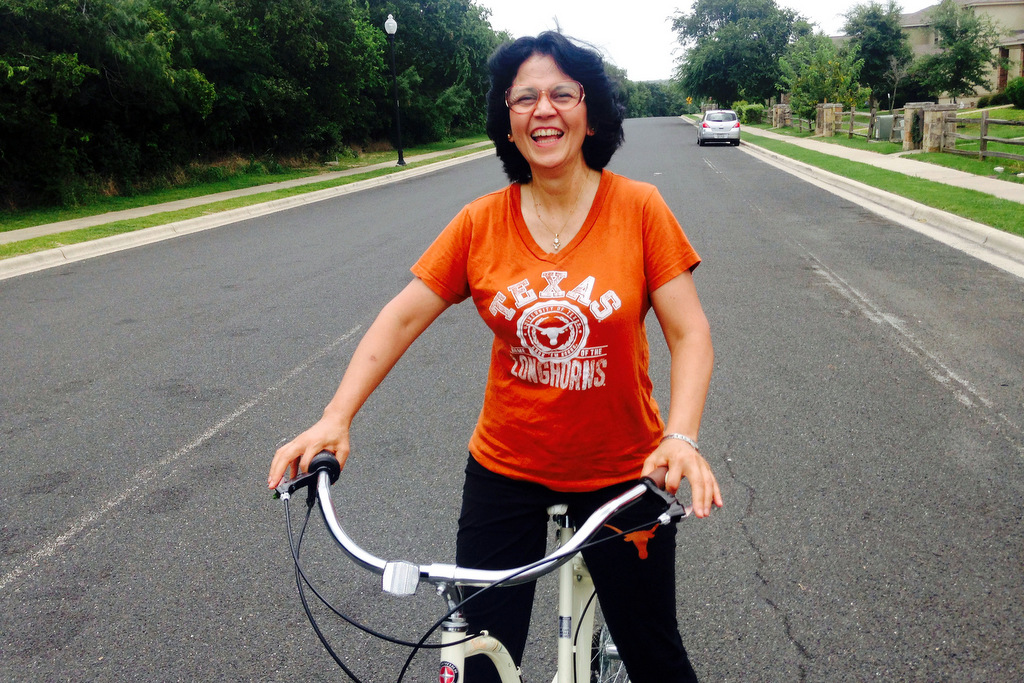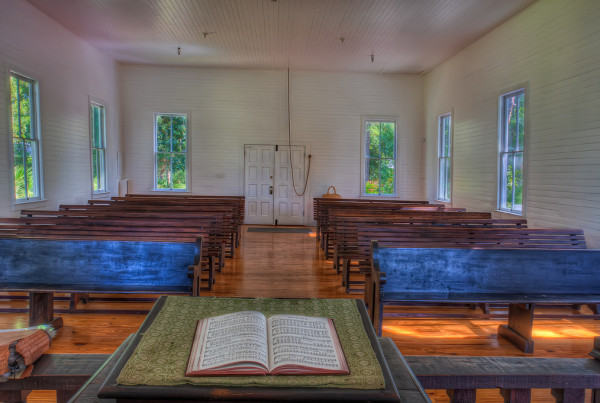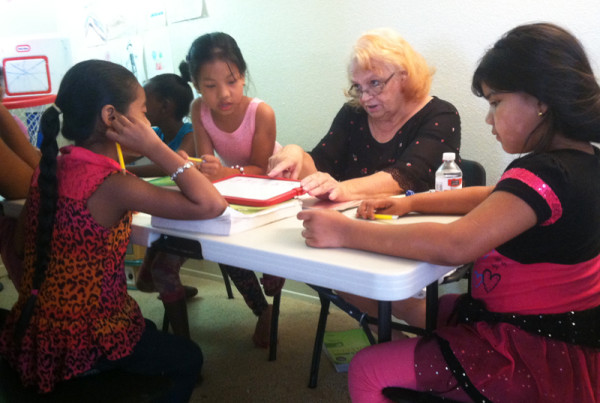The number of Austinites officially entering into the “third act” of their lives is growing by leaps and bounds – that’s because Central Texas’ 55-and-older population is growing faster than anywhere else in the country. And its 65-and-older population is growing the second-fastest in the country.
Both men and women in those age demographics are moving forward into their third acts. But, when broken down by gender, it turns out a woman’s third act often looks very different from that of a man.
Jane Pulaski manages the website of an Austin-based think tank called Interstate Renewable Energy Council. But working for an Austin company doesn’t keep her in town year-round. She hates Austin’s hot summers. So, every summer she hops in her car and heads out to find cooler place to stay.
“I have been as far northeast as Toronto, as far northwest as Vancouver,” Pulaski says.
Her job allows her to work from “home” — wherever that may be.
“I’m able because my work is so portable, I can do it anywhere.”
As soon as Texas cools down, she comes back to Austin. And does it all over again the following summer. Another thing Pulaski can do anywhere is yoga — she’s a certified instructor.
Pulaski says that her summer travels and yoga “saved” her from the pain she felt after her husband of 30 years left her to be with a younger woman. That’s why she forced herself into living an active third act.
Does Pulaski’s story sound familiar? The story of divorce after a long marriage?
At Austin’s YMCA on Town Lake, a group of friends chat over coffee, sweaty from their workout. Some have hair – different shades of gray – and some don’t. The group of retirees meets often at the YMCA to socialize — they say it’s become their “church.”
There, Ron Kramer says that, yes, the story of divorce after a long marriage — especially after retirement — does sound familiar.
“You know, some guys they’ve been out of the house for 8 to 12 hours a day for 20 to 30 years, and suddenly they are home every single day with the wife — and that’s a little different dynamic,” Kramer says.
Of course every story is unique. But what’s common is that women tend to stay alone after losing a partner – be it through separation or death. And they need to find meaning in their lives. So, they jump into all these new things.
On the contrary, most men re-marry. According to data from the U.S. Department of Health and Human Services Administration on Aging – only 28 percent of men stay on their own.
Jane Pulaski reacts strongly to that statistic.
“It’s just the way it is! I mean Billy Joel just got married, right? What is he, 66? His wife is like 37, 34, 32?” she says.
(Joel’s new wife, Alexis Roderick, is 33.)
Generally, heterosexual men 65 and older have more options when it comes to dating. Their pool gets bigger, while the pool of dateable men continues to shrink as time goes by.
“Because we statistically die sooner than women – not by choice certainly. It’s not a volitional act,” says Stan Carl, who’s also part of the YMCA crew.
When a partner dies, both men and women have to reevaluate their lives.
******
My mother is going through that process. After 40 years of marriage and coming from the school of women who were expected to be housewives, my father’s death last year left her feeling completely lost.
I caught up with her as she was riding her brand new bicycle. She giggles, like many girls do when they figure out they can ride on their own. This is a first for her — as far as I know — she’s never ridden a bike before.
Like many women in the third stage of life, my mother is finding her new self, writing the story that will be her third act.

















